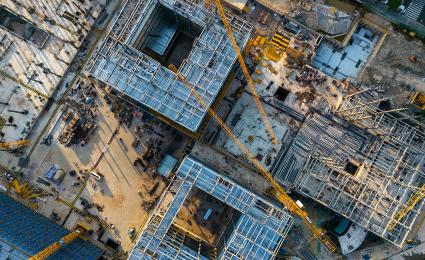Roland Berger helps clients achieve capital and cost efficiency in real estate management and facility services. Contact us now.


Trends in the building envelope industry
By Gareth Hayes, Christopher Hoyes and Daniel Tao
Roland Berger and Lazard explore the future of the building envelope industry
The U.S. building envelope industry is growing, driven by trends in the built environment. In our new co-authored study, ‘Trends in the Building Envelope Industry’, Roland Berger and financial advisory firm Lazard explore the future of the industry, and opportunities for stakeholders.
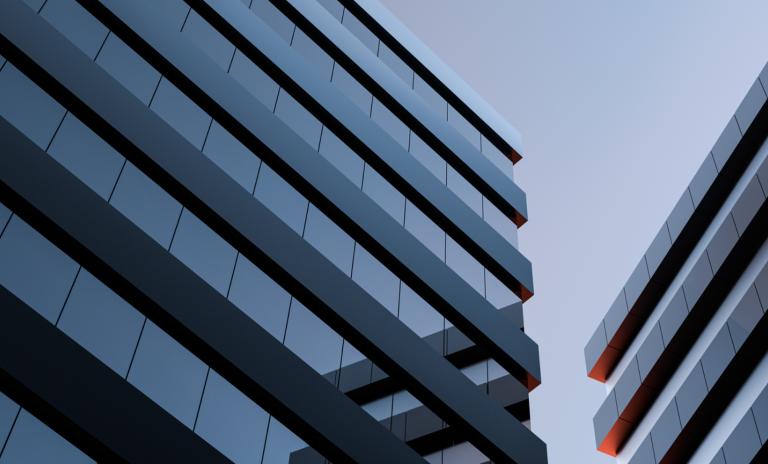
"The buidling envelope directly ties to all major trends in the built environment, presenting opportunity for industry stakeholers."
Overview of the building envelope industry
The building envelope is comprised of eight primary categories:
1. Cladding and siding
2. Roofing
3. Windows and doors
4. Glass and glazing
5. Fascia and flashing
6. Sheathing, barriers and wraps
7. Insulation
8. Coatings, adhesives, and sealants
Glass and glazing is the fastest-growing segment, estimated to grow 40% by 2027.
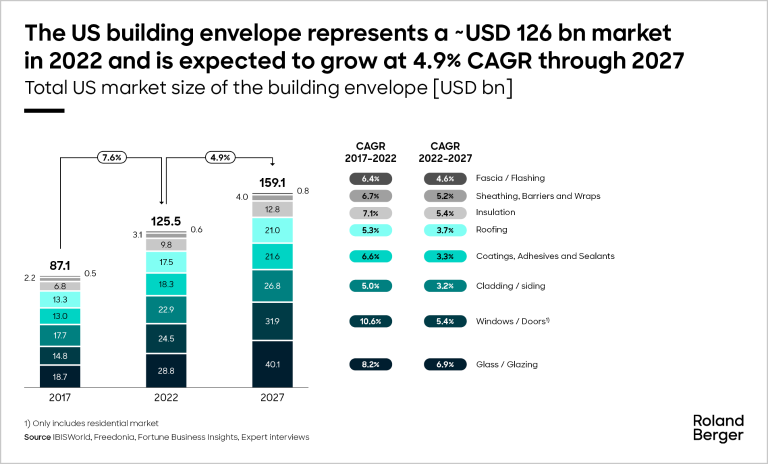
Future of the industry
In 2022, the building envelope industry represented a USD 126 bn market, and is expected to grow at 4.9% CAGR through 2027.
The building envelope is tied to all major trends in the built environment, each of which affects the building environment at various levels of impact and disruption. Macro level trends such as the single family housing shortage, labor shortages, supply chain disruption, and inflation and high interest rates are creating varying levels of positive and negative demand impact.
Industry level trends, including material and technology advancements, sustainability, and upgraded in building code regulations and safety enhancements create an overall neutral demand impact while providing opportunity for differentiation for owners and other stakeholders.
An aging building stock will provide unique opportunities to upgrade the envelopes of existing building envelopes; 69% of expected building stock by 2050 will already exist today and require maintenance and retrofit. The preference towards premium materials will unfold, as emerging technologies allow for more dynamic building envelopes, and advances in materials improve thermal performance.
While premiumization, offset by rising interest rates and market uncertainty leads to affordability considerations, incentives including the Inflation Reduction Act (with grants, tax credits, or rebates available for building envelope improvements) and state and local programs and regulations are incentivizing building owners to retrofit and develop more energy efficient buildings to avoid penalties.
Despite increases in mortgage rates and affordability concerns, the uptick in building permits in 2023 is optimistic for the construction market, with construction backlog, ABI, and Dodge momentum point to a cautiously optimistic outlook for the near/mid-term.
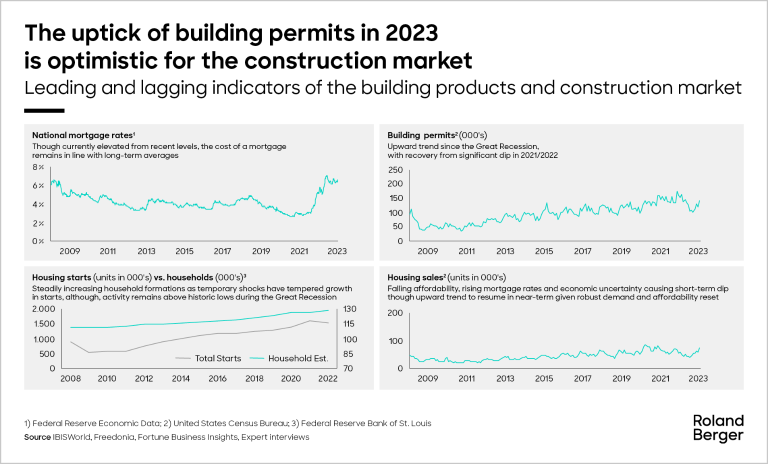
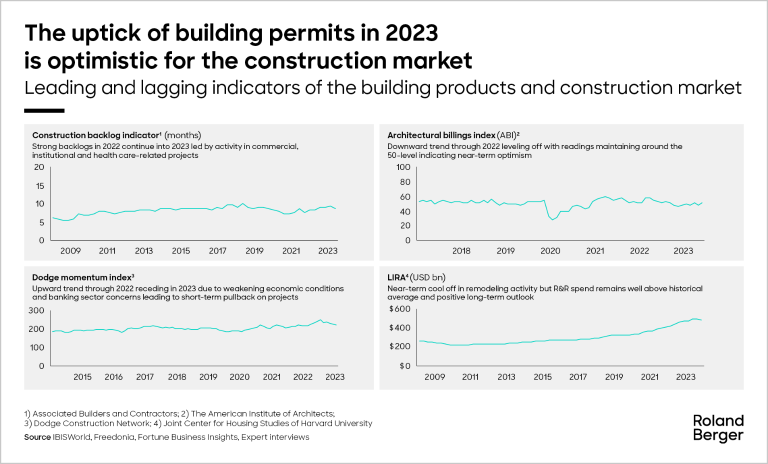
Consolidation is in progress, but the Industry remains fragmented
Strategic buyers have aggressively pursued building envelope assets to unlock value, via diversified application exposures and product offerings, and there has been continued M&A momentum in the building envelope space since throughout 2023.
Industry consolidation continues, with notable acquisitions in recent years, focused on strengthening core product offerings, expanding product portfolios, product diversity, global expansion, and market penetration, among other factors.
Additionally, opportunity remains in the fragmented building envelope sector, with potential global acquisition targets across a variety of industry segments.
Updated on select public companies
The report also presents performance benchmarking of select public companies, and detail on what these key industry participants are reporting.
Interested in the full report? Reach out to Roland Berger’s Christopher Hoyes or Daniel Tao .





